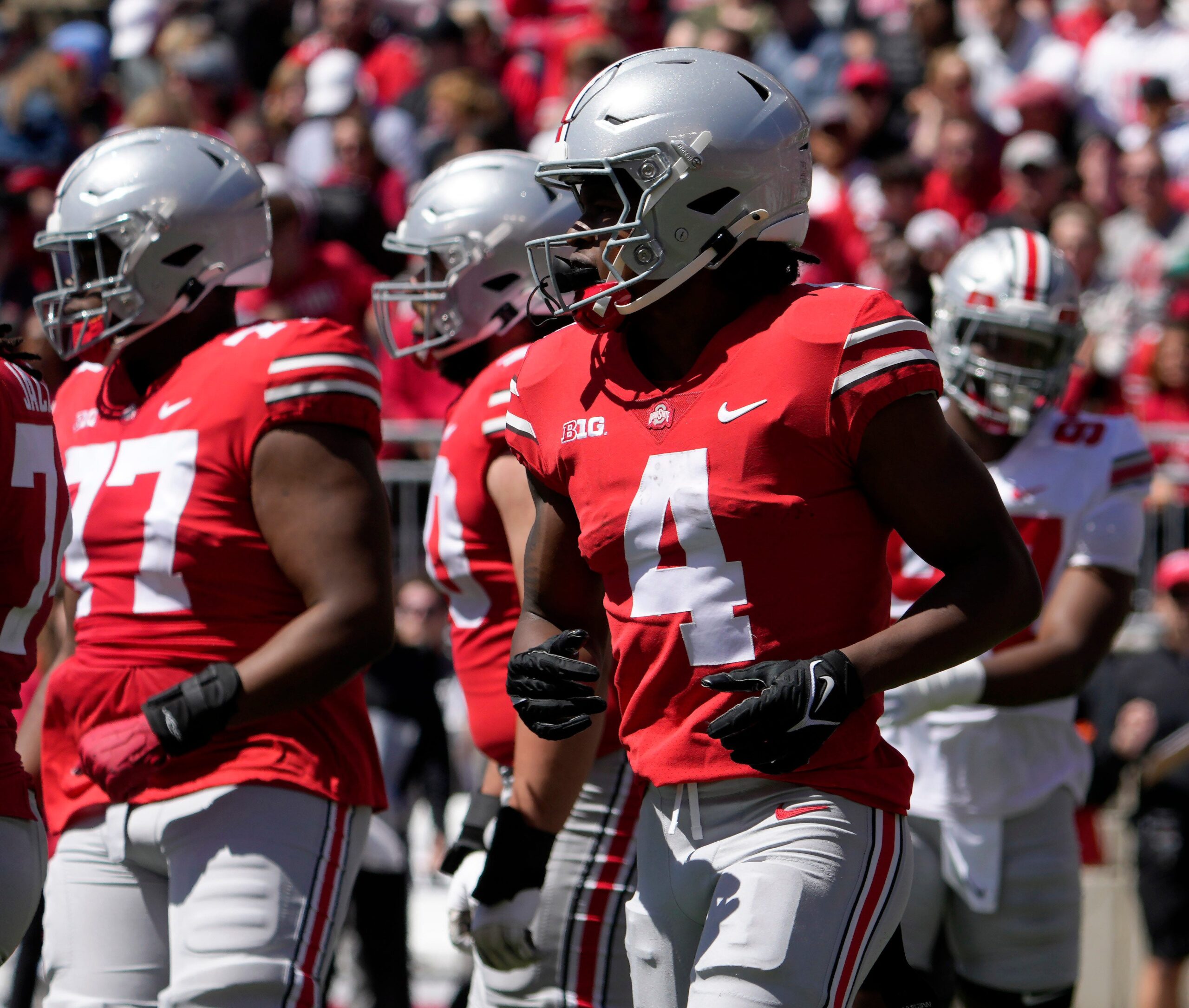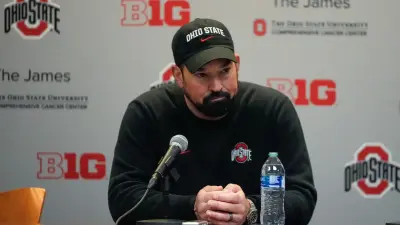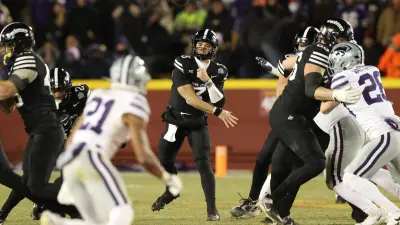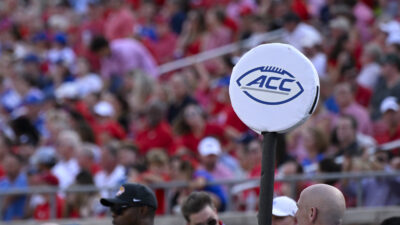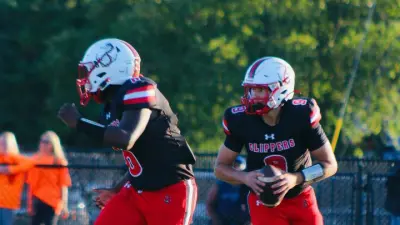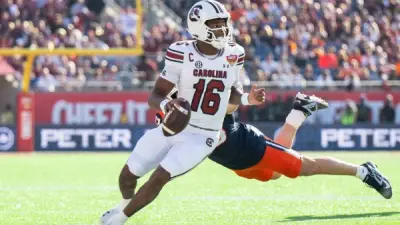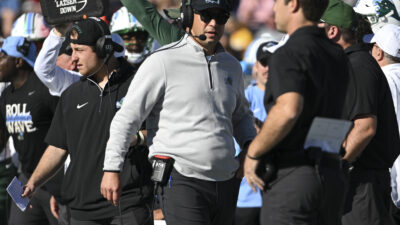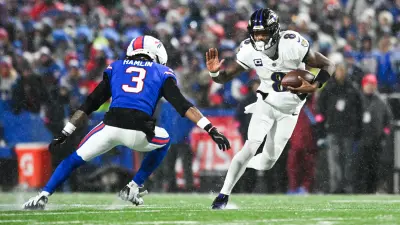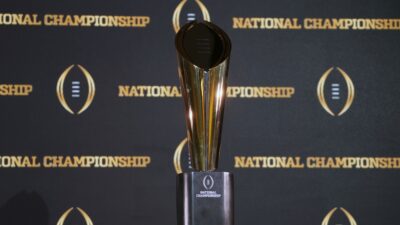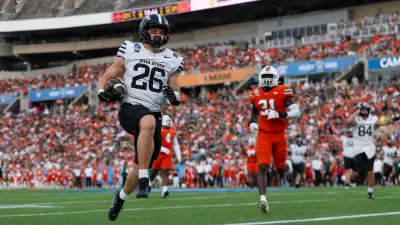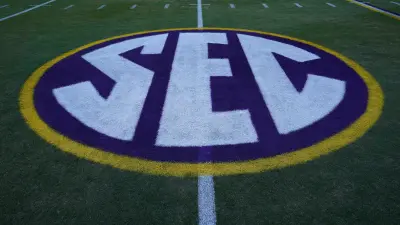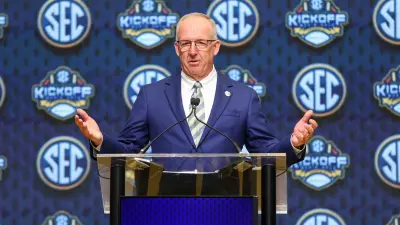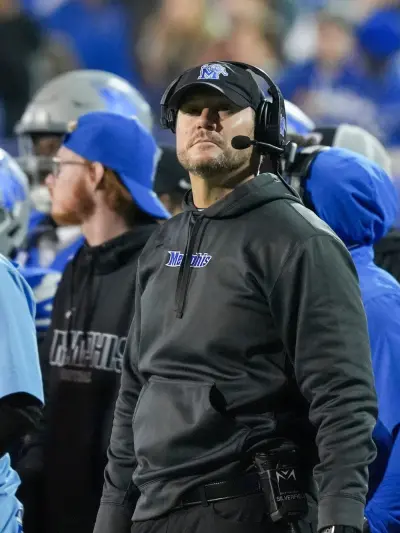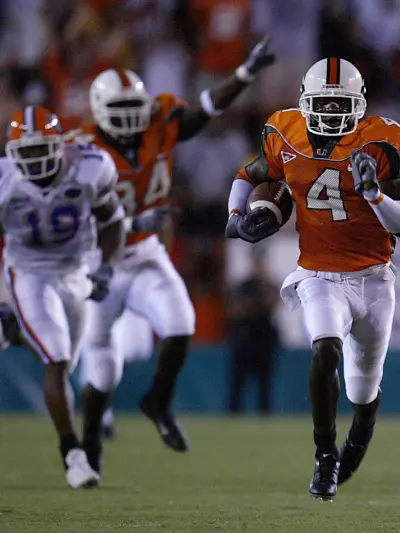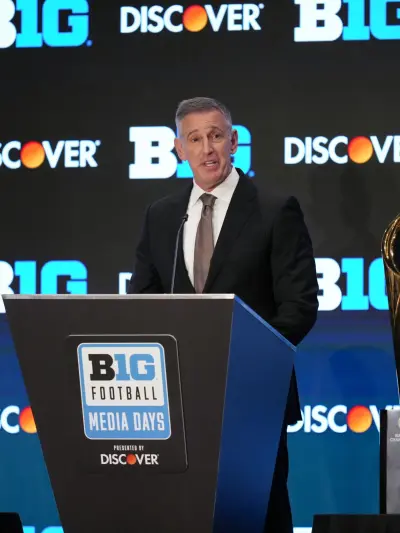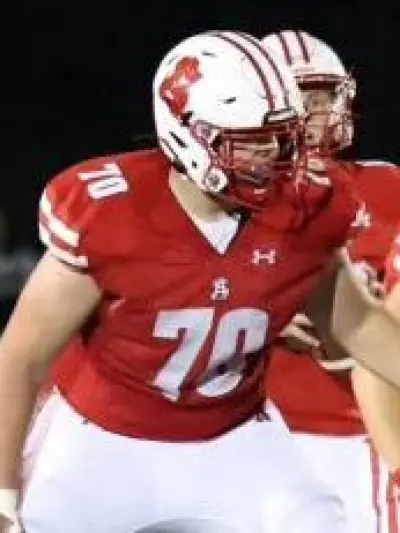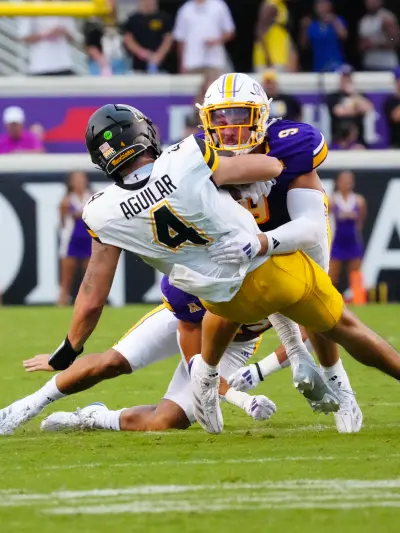By Sam Merendino
Depending on who you ask, Ohio State’s 1998 and 2015 teams are either
remembered fondly, or with a groan and an eye roll. Both teams were loaded with
future high-level NFL talent, and both bore the weight of massive expectations
heading into the season. Both teams also featured generational players at the
skill positions and a frenetic hype surrounding those players. If you’ve been
paying any attention to college football this offseason, I’m sure this also sounds a
lot like the Buckeyes’ 2024 edition.
However, in both 1998 and 2015, each team
fell well short of lofty preseason expectations. In this article, we’ll dive into each
team’s makeup and structure, and we’ll also compare the two teams to this
year’s squad to see where they share a resemblance.
1998: The Offense
The 1998 OSU team was stacked. On offense, they featured a player who, at
that point in time, was widely regarded as the best QB in the school’s history. Joe Germaine set fire to the Buckeye record books during the season, throwing for 3,330 yards and 25 TDs against just seven interceptions. That mark still stands as the
4th-most passing yards in a single season at a school that has recently
featured first-round picks in Dwayne Haskins, Justin Fields, and C.J. Stroud.
At wide receiver, David
Boston incinerated opposing secondaries, posting 85 receptions for 1,435 yards
and 13 scores, and he’s still the standard against which all OSU receivers are
measured. In the backfield, they featured a 1-2 punch at tailback in Michael Wiley
and Joe Montgomery. Those two combined to rush for 2,001 yards and 17 TDs.
1998: The Defense
Defensively, the 1998 squad was one of the best ever. Anchored by all-world LB Andy Katzenmoyer, they only allowed more than 17 points one time. Their secondary featured four future NFL players. Antoine Winfield was a force at CB,
winning the Thorpe Award as college football’s best defensive back, and on the
other side, Ahmed Plummer led the team in INTs (4) and passes defended (17).
At the safety spot, Damon Moore led the team in tackles with 81 on the year, and
they even started true freshman Nate Clements at the Nickel DB spot. Both
Clements and Winfield would go on to have long and successful careers in the
NFL.
More Sports News
1998: The Team
The 1998 version of the Ohio State Buckeyes went 11-1, winning by an average of 26.3 PPG. They never won a game by less than 10. That being
said, the magic of that season is marred by what happened on November 7th,
1998. The OSU juggernaut welcomed Michigan State (coached by some guy
named Nick Saban) to the Horseshoe in a game where the home team expected
to romp. And, for two and a half quarters, that seemed to be the case. The Bucks
led 24-9 early in the 3rd after a Damon Moore pick-6. Still, the Spartans hung
around. Aided by a stunning five turnovers from the home team, Michigan State
clawed their way back and won 28-24, also shutting out the Buckeye offense in
the second half. This inexplicable collapse ruined Ohio State’s chances at a
national championship, and while the team did go on to whip hated rival Michigan
and win the Sugar Bowl, fans will always wonder what could’ve been.
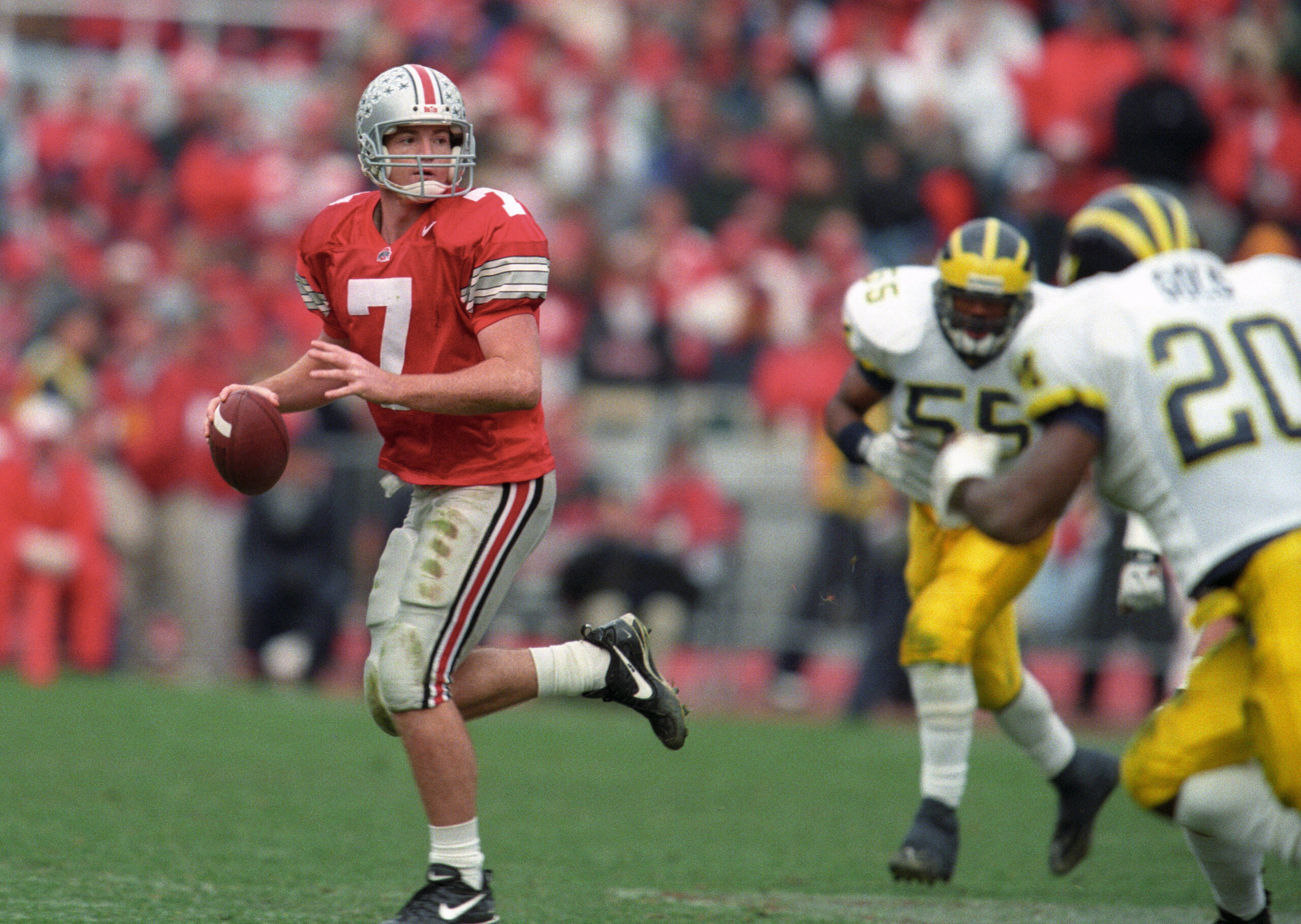
1998 and 2024: The Comparison
The 2024 Buckeyes share a number of commonalities with 1998’s Buckeye
team. Perhaps most importantly, they share a desperate need to get off the
schneid and beat Michigan. 1998 coach John Cooper infamously struggled
mightily with that task throughout his career, going 2-10-1 in 13 games against
the Wolverines. In 1998, he had just one previous win in The Game. Fast forward to
2024, and current coach Ryan Day is in danger of following a similar path. Day is
currently 1-3 in the rivalry, with his only win coming in 2019. If Day wants to beat
the Cooper 2.0 allegations, he must win this year.
Beyond that, the 2024 Buckeyes also feature a stud secondary with multiple
future NFL stars, and just like in 1998 they feature the best-receiving corps in the
country and a two-headed monster at RB in Quinshon Judkins and TreVeyon Henderson.
Lastly, every season at Ohio State is burdened with national championship
expectations. Whether it’s the BCS or the CFP, that doesn’t change.
Nonetheless, both 1998 and 2024 carry a different weight. Because of the talent
on the team this season, there’s a feeling of desperation and longing for them to finally punch through and win something of importance. In 1998, the feeling was the same for John Cooper’s squad. Now, let’s move to 2015!
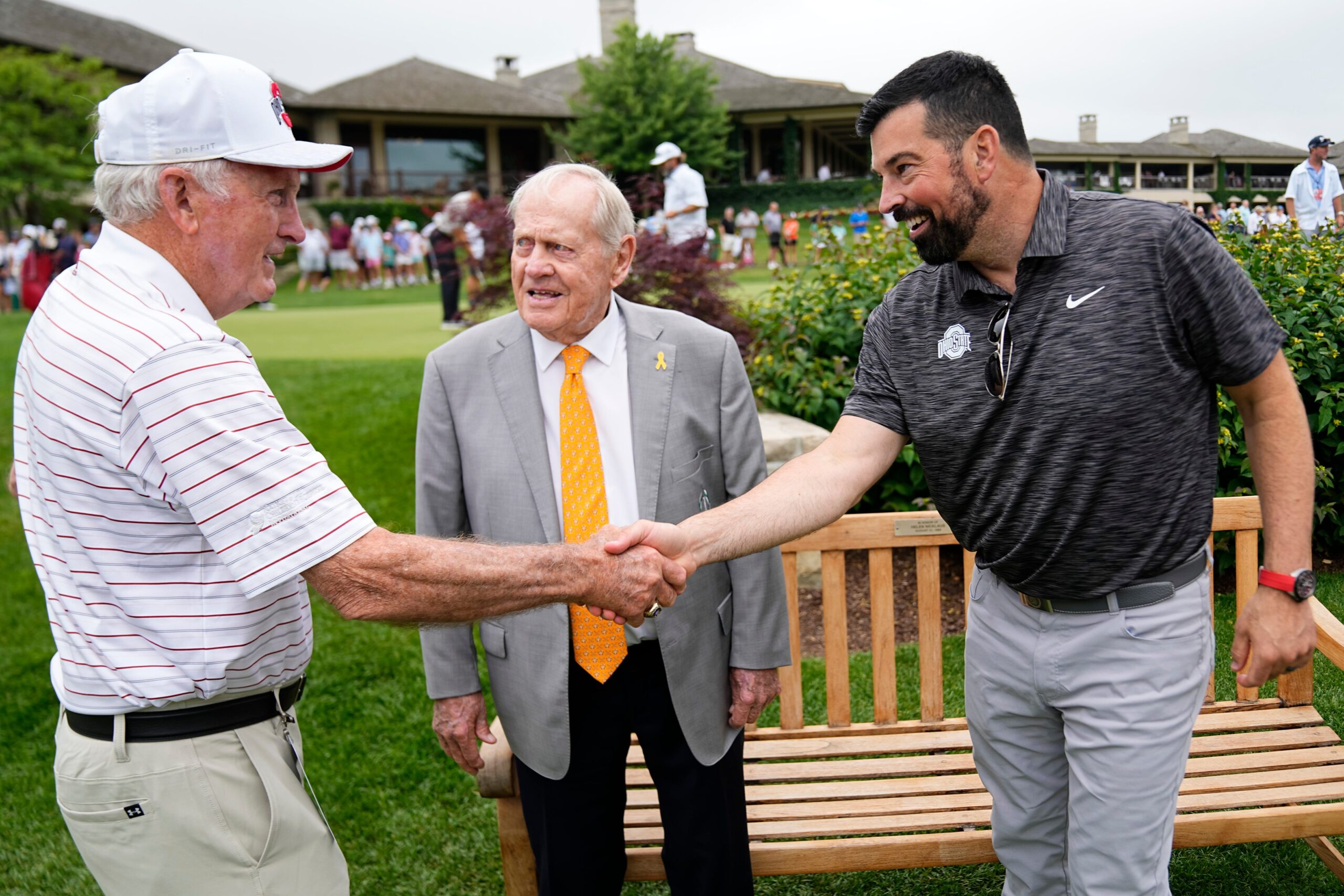
2015: The Offense
The 2015 Buckeye offense was filled to the brim with talented footballers. At QB,
JT Barrett and Cardale Jones split time, combining for 2,452 yards, 19 TDs and nine INTs. Barrett also added 682 yards and 11 scores on the ground. While the
quarterback play wasn’t great during this season, maybe it didn’t need to be
because of the tailback that flanked whichever QB was taking the snap.
Ezekiel
Elliott shredded opposing defenses in 2015 to the tune of 1,821 rushing yards
and 23 touchdowns. The offense also featured a healthy Braxton Miller, who had
made the switch to WR during the offseason, and who authored the greatest spin
move of all time that year against Virginia Tech. Despite Miller and other talented
wideouts like Michael Thomas and Curtis Samuel, the 2015 passing attack never
quite lived up to the hype.
The coaches bungled the QB battle in the offseason,
leaving both Barrett and Jones to feel like they had a short leash, and could be
pulled in favor of the other at any moment. Elliott was perhaps the only part of the
offense that functioned normally, but even at the most important juncture of the
season, the ball was taken out of his hands. We’ll come back to this.
2015: The Defense
Like the 1998 defense, the 2015 version was built around an excellent back
seven that stonewalled opposing teams. Future NFL-ers Raekwon McMillan and Darron Lee wreaked havoc in opposing backfields all year, while Vonn Bell, Eli Apple, and Gareon Conley locked up opposing receivers.
The defensive line featured numerous studs as well. Joey Bosa, Sam Hubbard, Tyquan Lewis, and Adolphus Washington pressured quarterbacks relentlessly, racking up 45 TFLs and 23.5 sacks between them. While not as dominant as the 1998 defense, this
defense still ranked 19th in the country in total defense, allowing just 342.4 yards
per game.
2015: The Team
Coming off a stunning Cinderella run to the national title in 2014, Ohio State
returned nearly all of their offensive and defensive production and was widely
expected to repeat. What transpired over the course of the season still makes
many Buckeye fans (myself included) sick to their stomachs.
Despite having arguably more talent than the 1998 team, the 2015 Buckeyes
were not nearly as dominant. They survived multiple close calls over the course
of the season, including:
● A 20-13 win over Northern Illinois where the offense scored just a single (ONE)
touchdown
● A 34-27 win versus Indiana where they trailed late in the 3rd; they only
won this game because Elliott ripped off three 50+ yard TD runs
Much like 1998, the Bucks’ national championship hopes came crashing down in
a grim home loss to Michigan State late in the season. As usual, the Buckeye
offense struggled to get anything going, posting six 3-and-outs over the course of
the evening.
The most perplexing part of their struggles that night seemed to be their refusal
to give the ball to their outstanding running back, Elliott, who carried the ball just
12 times. He also only carried the ball twice during the second half, prompting a
now infamous post-game rant where Elliott blasted the coaching staff, saying “I
don’t know what was going on (with the playcalling)”.
Me neither, Zeke. Me neither.
The Buckeyes lost 17-14 on a last-second FG from Michael Geiger, effectively
sinking their playoff chances.
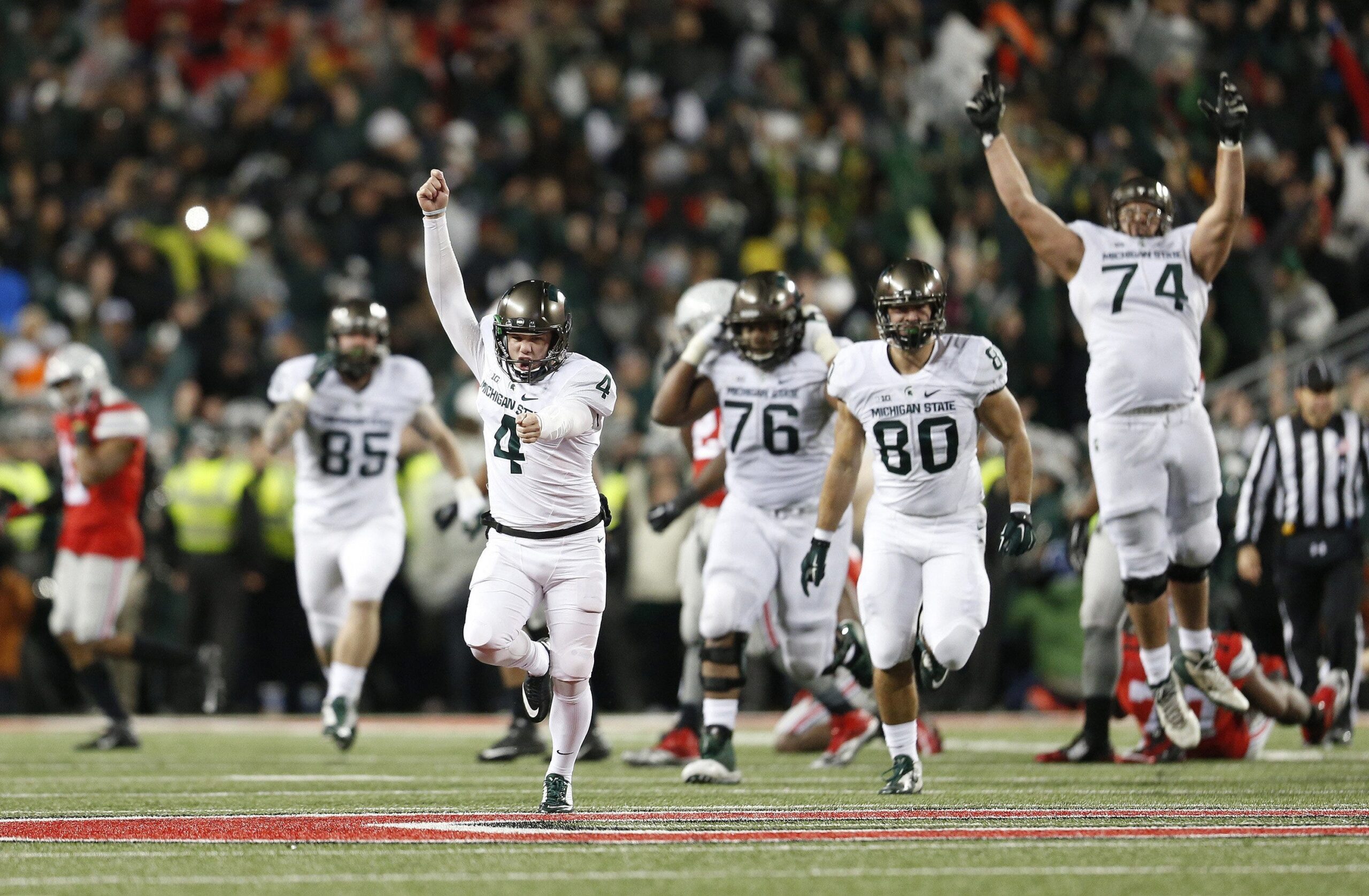
2015 and 2024: The Comparison
Like 2015, the 2024 team will enter the season with huge question marks at the
QB position and the best skill position group in the country. They’ll also face
enormous expectations to win at the highest level, due to all the production they
returned (or gained from the transfer portal) from last year’s squad. Lastly, they’ll
feature a deep and talented D-Line group that will make existence miserable for
whatever poor quarterback lines up to take the snap against them.
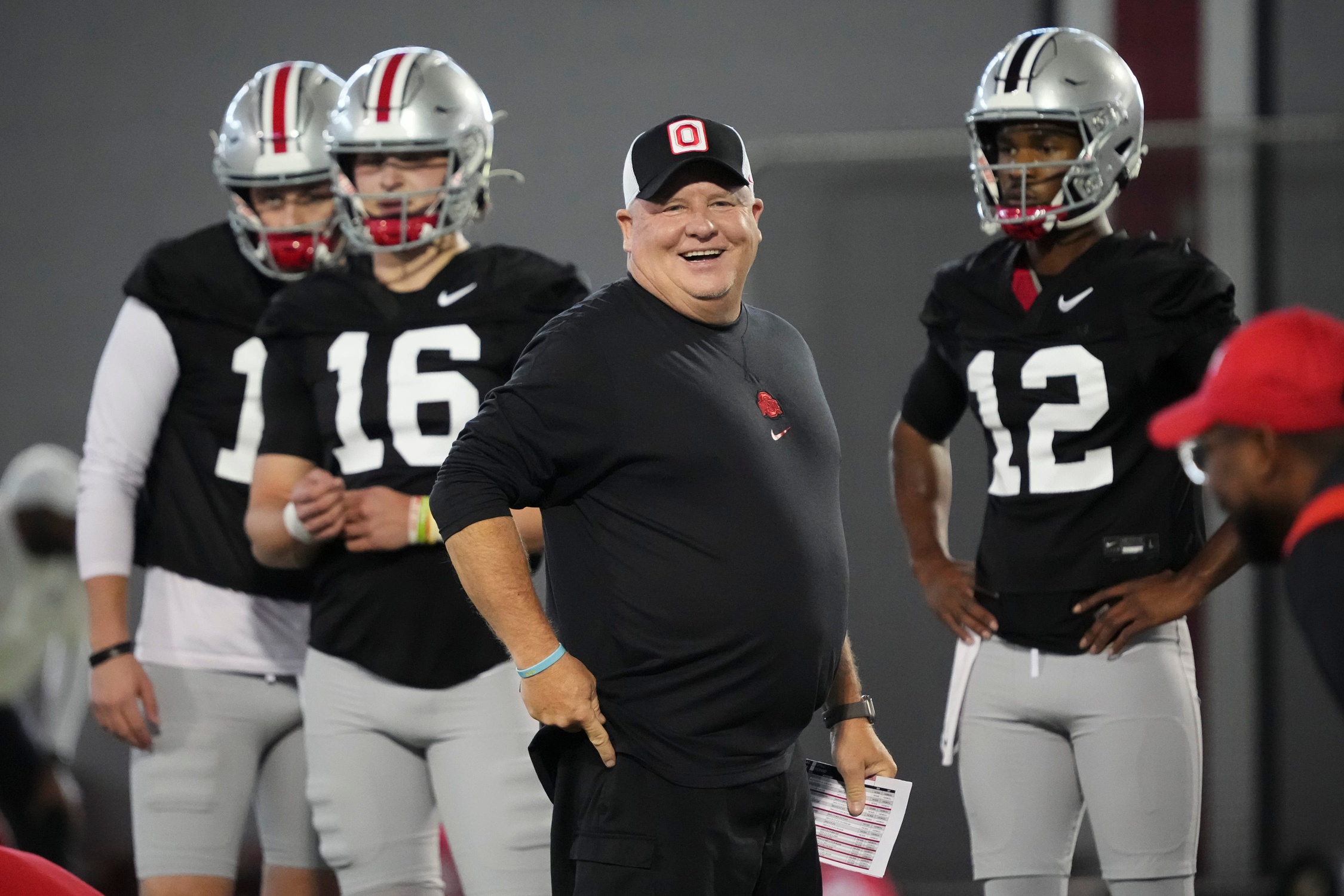
Conclusion:
So what can the 2024 team learn from take away from 1998 and 2015 editions of
the Ohio State Buckeyes? For starters, be very wary of Michigan State during a
night game. Also, don’t give JT Barrett three more carries than Ezekiel Elliot (15
to 12).
This year’s team has an insane amount of talent, probably more than I’ve
seen on a Buckeye team in my 26 years on this planet. They need to lean
on that talent and let the Ferraris out of the garage.
But most importantly, block out the noise. The 2015 team certainly fell victim to
outside narratives. The hype machine for that season started spinning before the
final whistle sounded during their national championship win the season prior.
If
this year’s Ohio State Buckeyes can block out the noise and learn from the past,
they’ll give themselves a great chance to win the inaugural 12-team playoff this
season, and maybe go down as the greatest team in the school’s
storied history.
